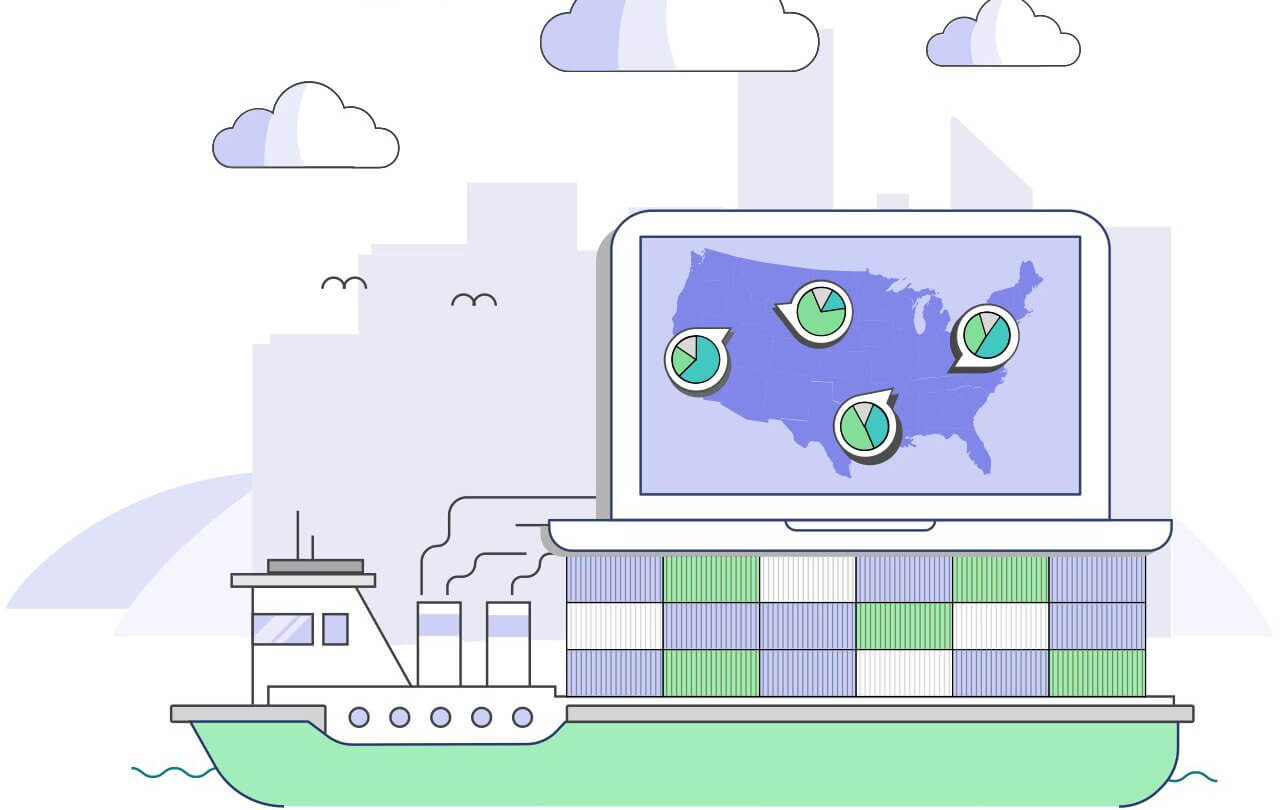Chart once, deploy many times? Beautiful data from Highcharts
It’s easy to find physical (or virtual) bookshelves full of “popular science” titles in bookstores today. These volumes are getting over to the general reader and enthusiastic amateur some of the most complicated concepts that humankind possesses.
Just a click (or store visit) away, you can read all about high-end quantum theory, the history of evolution, advanced genetic research, and the biology of communicable diseases. In every case, a book’s success is often determined by how the information is given to the reader. The talent of successful popular science authors is to get hugely complex subject matter understood by the layperson — the non-specialist.
Pulling off the same trick with any data in a digital form (the web, smartphone app, B2B presentation, and so on) requires visualizing data so that it can be absorbed in a glance. Creating compelling and insightful information visually is something that many organizations struggle with: it’s not a case of drawing up a chart and letting the message be read.
The problem is to create charts and images in ways that are extensible (can be used in multiple formats), responsive (render beautifully on different screen sizes), and are network-sensitive (are lightweight enough to appear quickly). And ever more important: you won’t pass muster with large enterprises and government customers unless you are accessible. Highcharts offers a quick checklist for helping you ensure compliance here.
Coding media so it ticks all of those boxes certainly gives developers some problems. The Highcharts solution, however, does those things, does them well, and does a great deal more besides. The JavaScript snippets leverage a massive range of responsive and attractive media styles available as starting points, and furthermore, the vibrant Highcharts community is always expanding palettes, pushing the boundaries of what’s possible, and helping to ensure that even the most complex data sets get rendered in ways that customers and stakeholders love.
The JS framework’s extensibility means that once created (from scratch or the enormous libraries available online), visual media are available for any project: create once, re-use many times. And the platform also ensures that charts and imagery are fully context-sensitive.
There are dozens of chart types each with multiple variations, all of which are entirely configurable, and the possibilities are literally endless, with combinations of data mapping types (and geographic mapping too using GeoJSON). As the team’s needs change and new challenges are presented by the different business units in your organization, the platform’s extensibility and available modules will get you well underway. Plus, of course, the active user base can always be drawn upon — and in no time, you’ll find yourself feeding back to less-experienced users.
The codebase draws in SVG (with static fallbacks for older rendering engines), so lines, curves, and circles are smooth and attractive. There are scrollbars, tooltips, legends, and labeling options, making every piece of media as bespoke as required. Drilling-down into key data is possible using visual cues, and the code can pull any data in real-time through standard APIs. There are even 3D possibilities for high-end eye candy!
The code is a simple NPM install (or you can manually compile for your platforms), so proof-of-concept exercises can be begun quickly, with no limitations placed on non-licensed deployments (licenses are only required in production environments).
With excellent documentation, a community of experienced users, active and lively forums, your fellow development team members and operations professionals will find that they have the tools and knowledge base they’ll need, ready to draw on (and upstream to).
Get started on Github today, and when your creations reach production, be sure to pay back into the license model (details here).
Highsoft’s platform is used by the vast majority of the world’s Fortune 500 companies: find out why, and how. Raw data never looked as good, and the end-users will know what they’re seeing is the highest quality work.









